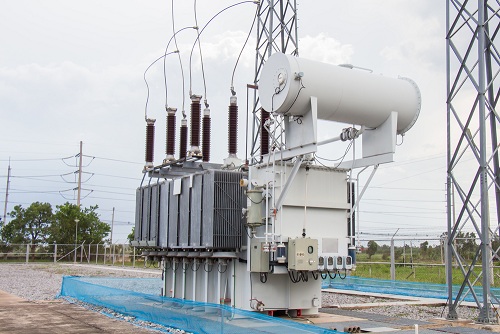Nowadays, more and more industrial facilities try to make their activity consistent with sound environmantal rules. Many companies are trying to do their part in environmental preservation. In particular, they try to join different environmental agencies and seek cost-effective solutions to manage waste, including regeneration or recycling of used oils. All these efforts are targeted at environmetal risk elimination. Different state and local authorities have developed a set of regulations for used oil management. One such establishment is the U. S. Federal Government’s Environmental Protection Agency (EPA) that has set up rules and regulations for industry to manage used oil. These so-called “green” regulations however, do not require industrial facilities to change used oil, but merely suggest possible ways of its management such as recycling or reclaimation.
In general, both recycling and reclamation processes are targeted at recovery and re-use of material that has already served its purpose so it can continue to be used. But recycling and regeneration/reclaimation are slightly different. Usually, the performance chracteristics of reclaimed oil are restored to its original condition so it may be used again in the field for whcih it was originally formulated. The service life oil that is removed for recycling comes to an end and it is re-refined to new lube oil or may be used as industrial fuel in other industries with less stringent requirements. Sometimes, the term oil recycling is used to mean burning oil or disposing in landfills which is completely unacceptable in the twent first century.
According to EPA standards, used oil is considered to be off-specification if it doesn’t satisfy the following permissible levels:
- Arsenic – 5ppm max
- Cadmium – 2ppm max
- Chromium 10 ppm max
- Lead 100 ppm max
- Flash point – 100 F min
- Halogens – 4000 ppm max
It is possible that this oil may be used as fuel for coke ovens or lime kilns in industries subject to EPA guidelines. Every industrial facility should have a well-developed plan of how to manage their used lubricants. When oil can no longer perform its functions, it should be processed in the most appropriate way. In order to define whether to recycle or reclaim oil, testing of an oil sample is recommended.
Industrial oil types such as transformer oil, turbine oil, hydraulic fluids, and industrial oils may be reclaimed without degrading their lubricating properties. As a rule, reclamation includes such procedures as (1) filtration (removes slugde and foreign particles); (2) centrifuge treatment (removes impurities and moisture); and (3) vacuum dehydration (removes water). If transformer oil has to be reclaimed, often it is filtered using a sorbent material such as Fuller’s Earth.
Fuller’s Earth is a special bleaching clay that adsorbs all impurities. But when used to clean and filter oil, many companies have to cope with the problem of disposing of the contaminated sorbent when it is saturated and can no longer remove contaminants from the oil. GlobeCore therefore, developed a special and unique process to reuse the Fuller’s Earth sorbent materials. Designated as the CMM-R line, this advanced equipment allows equipment owners to kill two birds with one stone: to reclaim oil without generating hazardous waste by reactivating the exhausted Fuller’s earth up to 300 cycles before disposal as non-hazardous waste. Additionally, CMM-R units can perform high vacuum degassing, filtration, and remove acidic materials on an energized transformer.
Special attention should be paid to the reclamation of turbine oil since after filtering, turbine oil has to continue to perform very important functions such as lubrication, sealing, cooling and preventing corroision.
There has been an increased demand for hydraulic oil reclamation. Equipment owners therefore try to seek cost-effective solutions to restore their oil to its original condition. The peculiar feauture of hydraulic oil is that it is able to accumulate sediment during high-pressure operations. Therefore, processes such as adsorption, vacuum dehydration and filtration are desirable techniques in reclaiming hydraulic oils and fluids. As a result of these processes, particulate matter, moisture, and other contaminants are removed.
GlobeCore has developed a cost effective solution for high-quality oil purification. GlobeCore equipment is designed to degass and purify different types of oil, including hydraulic fluids and turbine oils. The GlobeCore UVR line allows for removal of particulate matter, gasses and other contaminants. Fluids, processed on UVR units comply with international standards for high purity requirements.
GlobeCore equipment has been operated in more than 70 countries of the world and has enjoyed a wide popularity. So, it’s time to get with the Process, the GlobeCore Process!

